
Tokyo is the central place of politics, economy, culture and academics in Japan as well as the home of the Japanese emperor and the seat of the national government, as well as a major business and financial centre for all of East Asia.
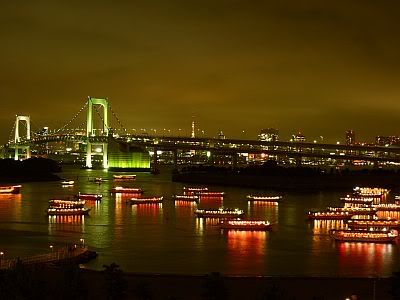
Odaiba was a vacant stretch of reclaimed land until just several years ago, but now an amazing selection of entertainment and exhibition facilities have made Odaiba the most popular leisure destination in Tokyo. Connecting the Tokyo waterfront with Odaiba, this bridge carries an expressway, a regular road, the rails of the Yurikamome Line and a pedestrian walkway. In the evening, dinner boats drift throughout the bay.
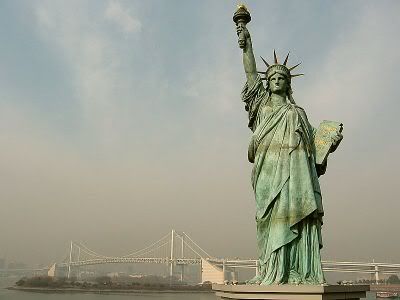
Rainbow Bridge is one of the most famous city symbols. A mini version of the Statue of Liberty, standing on the coast of Tokyo Bay, is the third largest Statue of Liberty in the world. It usually stands on the banks of the Seine, but in 1998 it was moved to in Odaiba for a year as a celebration of Franco-Japanese relations. The original went home in Paris in 1999 but the mini-statue proved so popular with the Japanese that the French decided to give them a copy of their own, which was unveiled in December 2000.

This is the headquarters of Fuji Television, one of Japan's private, nationwide TV stations.
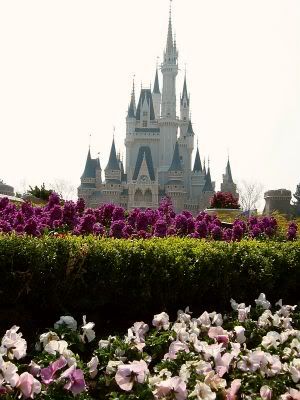
How can one miss the kingdom of dream and magic - Tokyo Disneyland, the first Disney theme park outside of the United States.

Shibuya is another shopping and entertainment district situated in the west of Tokyo. With its unmistakable rounded tower, Shibuya 109 is a vibrant space full of shops that appeal to young fashion hunters.
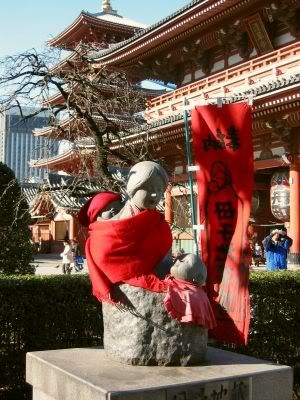
Senso-ji Temple (also known as Asakusa Kannon Temple) is located in Asakusa.
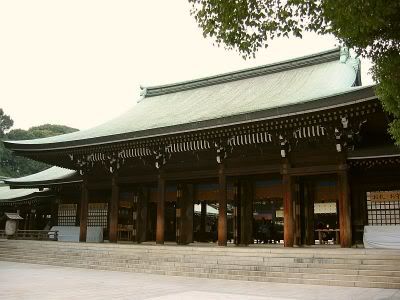
Meiji Shrine (Meiji Jingu) is a shrine dedicated to the deified spirits of Emperor Meiji and his consort, Empress Shoken. Emperor Meiji was the first emperor of modern Japan. He was born in 1852 and ascended to the throne in 1868 at the peak of the Meiji Restoration. One should also not miss the history and significance of the Yasukuni Shrine.
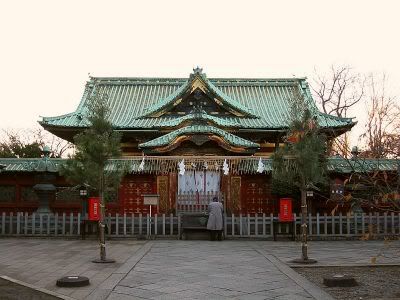
Ueno Park is a spacious public park. It offers monuments, temples, museums and a zoo. Toshogu Shrine, Ueno Park's most famous religious structure - dedicated to Tokugawa Ieyasu, founder of the Tokugawa shogunate.
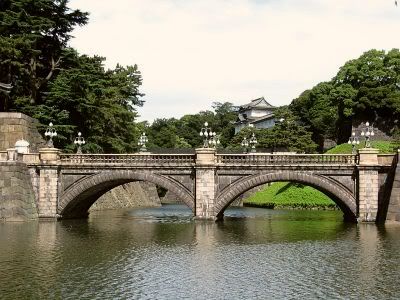
The imperial palace buildings and inner gardens are not open to the public. Only on January 2 (New Year's Greeting) and December 23 (Emperor Akihito's Birthday), visitors are able to enter the inner palace grounds and see the members of the Imperial Family, who make several public appearances on a balcony.
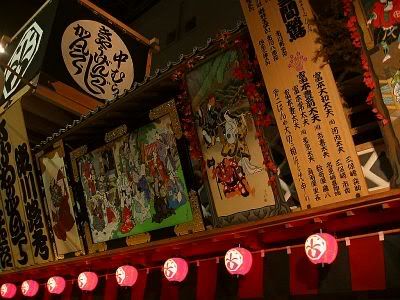
Edo-Tokyo Museum displays artifacts and architecture that tell a tale of Tokyo's history. Exhibits include replicas of an ancient Kabuki theatre and the original Edo Castle.
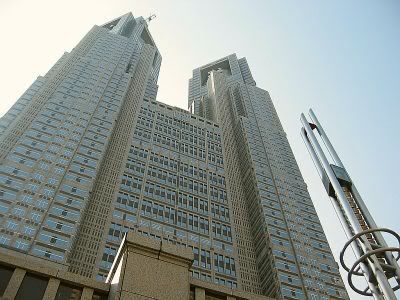
The Tokyo Metropolitan Government Building is the tallest building in Tokyo, with 48 stories of twin towers each that reaches 240 metres into the sky. It was worth a visit to the observatory which commands a sweeping view of Tokyo.

1 comment:
I love the pictures and the information.
Post a Comment